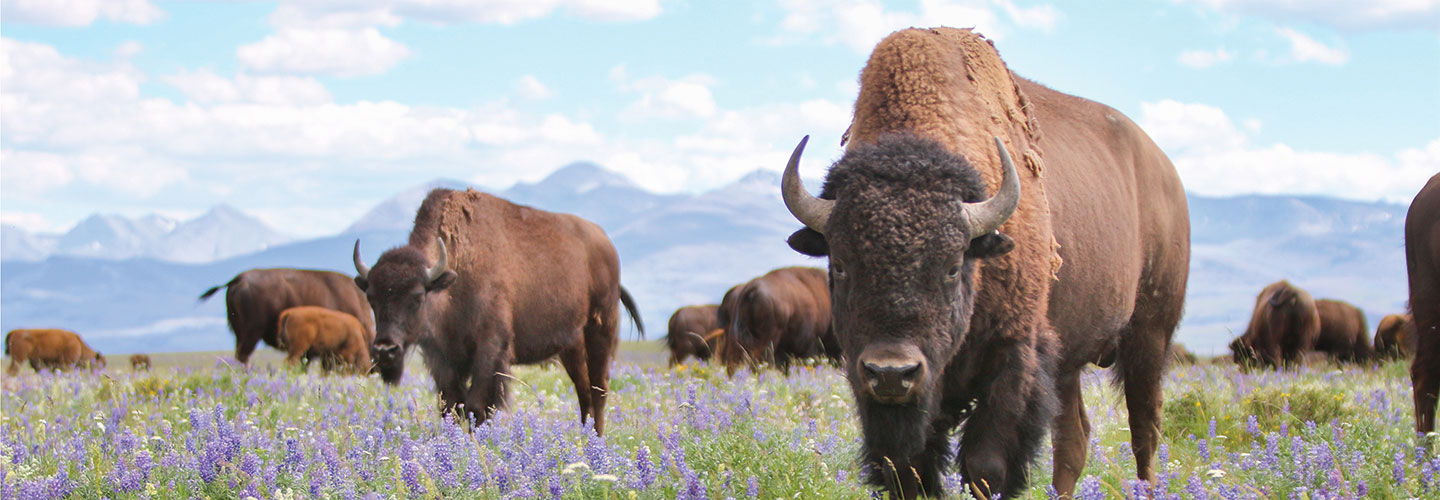These big, brown, furry animals are Plains bison. They are the United States’ national mammal. It’s believed that before the mid-1800s, there were as many as 60 million Plains bison in North America. They roamed the Great Plains. But the bison became endangered because of hunting. At one point, only a few hundred bison remained.
Today conservationists are working to protect the animals. Now there are around 30,000 Plains bison. Many live in national parks, like Grand Canyon National Park. The park is home to 600 bison.
That’s great news for the bison. But now there’s a problem: There are too many bison for the park to hold. Experts are working to find new homes for some. “Reducing the herd size will protect the park ecosystem and resources,” says Joëlle Baird, a National Park Service ranger involved in relocating the bison.

